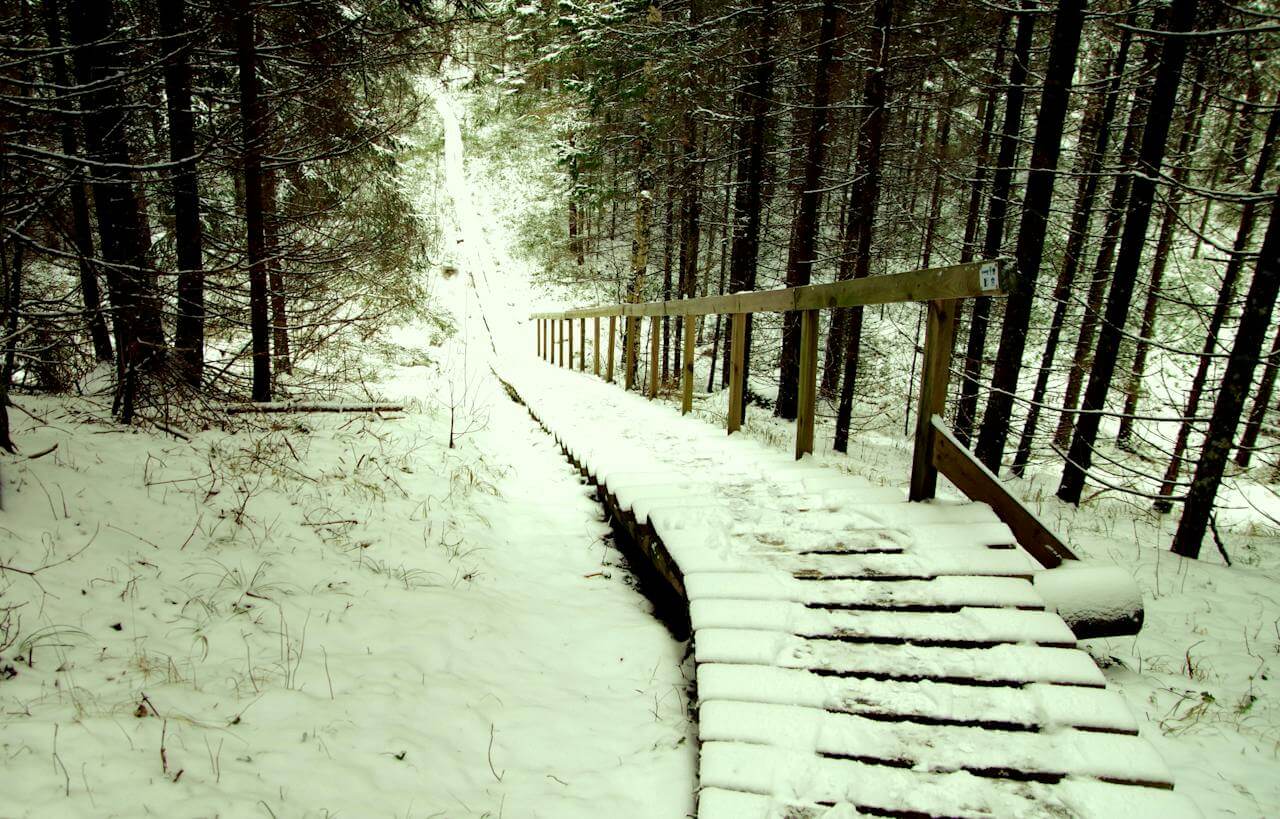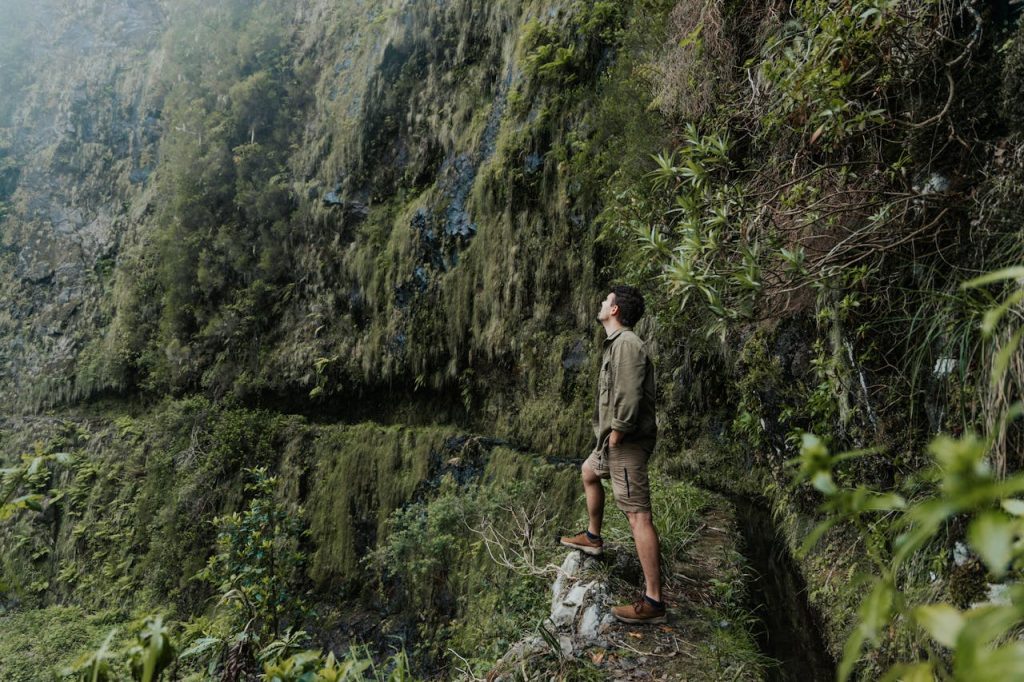Heading out on a winter trail? Great choice! Winter transforms trails into magical, snowy wonderlands. But, it’s not all about the stunning views and crisp air. Safety is key. That’s where winter trail precautions come in. Let’s dive into what you need to know to make your winter hiking safe and enjoyable.
Understanding Winter Trail Precautions
Table of Contents
ToggleWinter trail precautions start with knowing what you’re up against. Shorter days, colder temperatures, and unpredictable weather are your main challenges. Ice and snow can make familiar paths tricky. So, what’s the plan? Prepare, prepare, prepare!
First, always check the weather. It’s your best friend and sometimes, your biggest challenge. Next, tell someone where you’re going and when you’ll be back. It’s a simple step, but it can be a lifesaver.
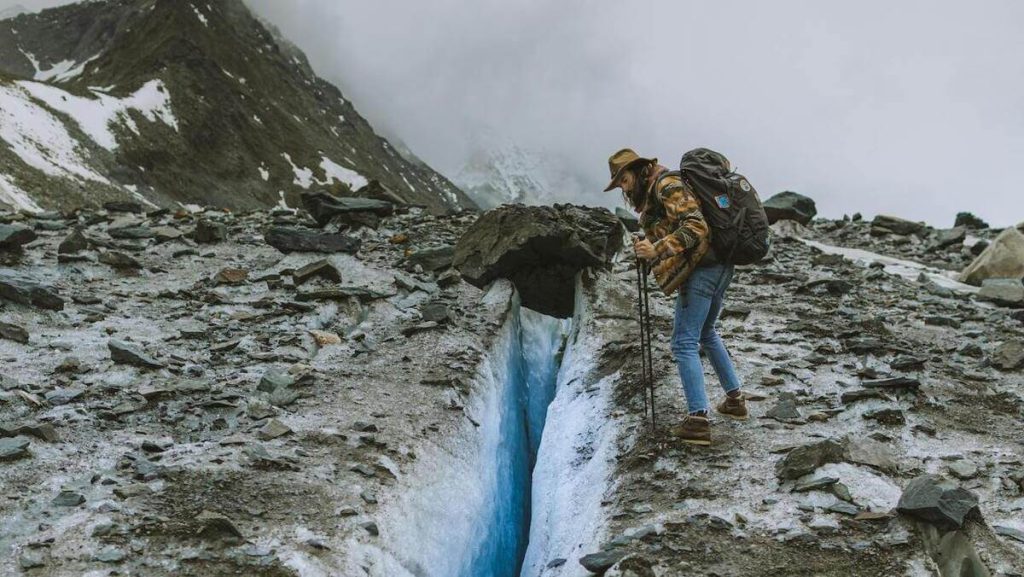
Dressing Right: The First Step in Winter Trail Precautions
Dressing right is your first line of defense. Layers are your best bet. Start with a moisture-wicking base layer. Add an insulating layer, like fleece, to keep you warm. Top it off with a waterproof and windproof layer. Don’t forget your hat, gloves, and waterproof boots. Remember, staying dry is just as important as staying warm.
Packing Smart: Essential Winter Trail Precautions
Your backpack is your lifeline. Here’s what you should pack:
- Navigation Tools: A map and compass are must-haves. GPS is great, but batteries can die in the cold.
- Lighting: Days are shorter. Carry a headlamp and extra batteries.
- First-Aid Kit: For those unexpected scrapes or more serious injuries.
- Extra Food and Water: Cold weather makes your body work harder. Pack more than you think you’ll need.
- Emergency Shelter: A lightweight tent or bivy can be a lifesaver if you get stuck.
Navigating the Trail: A Key Winter Trail Precaution
Once you’re on the trail, stay alert. Keep an eye on the weather and be ready to turn back if needed. It’s not just about reaching the top; it’s about getting home safely.
Watch your step. Ice and snow can hide hazards. Use trekking poles for extra stability. And, if you’re on a steep slope, consider using crampons or snowshoes.
Staying Hydrated and Energized
You might not feel as thirsty in the cold, but staying hydrated is a must. Drink water regularly. And eat, too. Your body burns more calories in the cold, so fuel up with high-energy snacks.
Knowing the Signs of Cold-Weather Dangers
Frostbite and hypothermia are real risks. Know the signs. If you can’t feel your fingers or toes, or start shivering uncontrollably, it’s time to warm up. Don’t push through these warning signs.
Respecting Nature and Other Hikers
Winter trail precautions also mean respecting the trail and others. Stick to marked paths to protect the environment. Keep noise to a minimum and leave no trace. Remember, we’re all out here to enjoy nature’s beauty.
Winter Trail Precautions for Different Types of Trails
Different trails have different needs. A forest trail might be sheltered and less windy, but watch for falling branches under the weight of snow. Open mountain trails offer stunning views but can be windier and colder. Tailor your preparations to your trail.
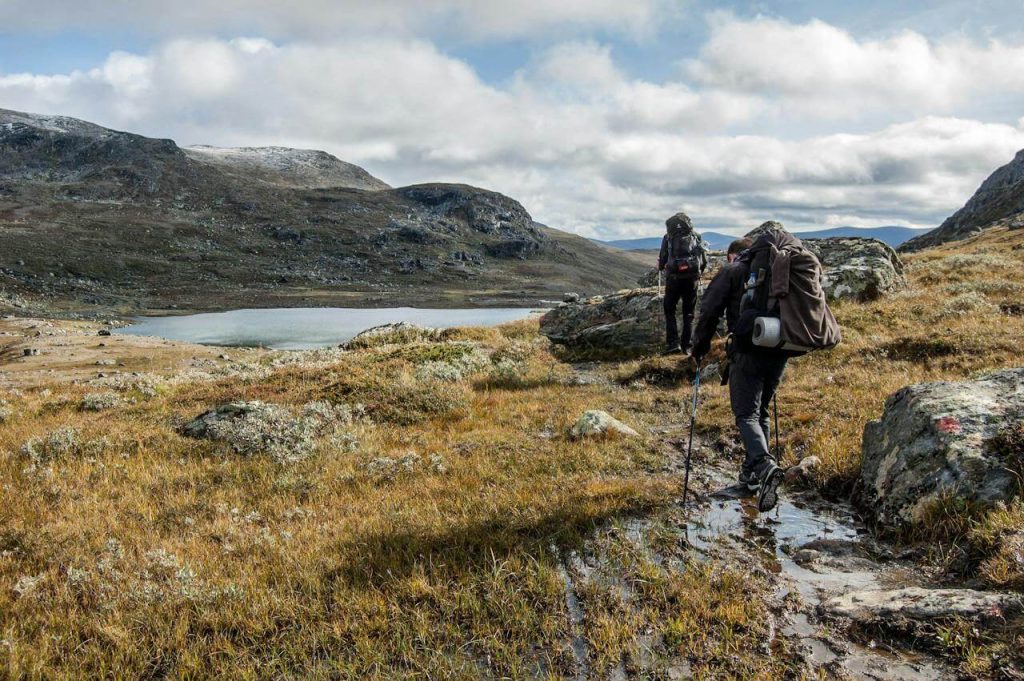
Winter Trail Precautions: Being Prepared for Emergencies
When you’re out on a winter trail, even a small problem can turn serious. In Vermont, for example, the biggest danger for hikers is hypothermia. This can happen while waiting for help. So, staying warm is a must for winter trail precautions.
Hiking in Numbers: Why Solo Winter Treks Are a No-Go
Hiking alone? Not a good idea in winter. If something goes wrong, you’ll need buddies to get help. Most experts say hike in a group, ideally four people. This way, if someone gets hurt, one can stay while the others go for help.
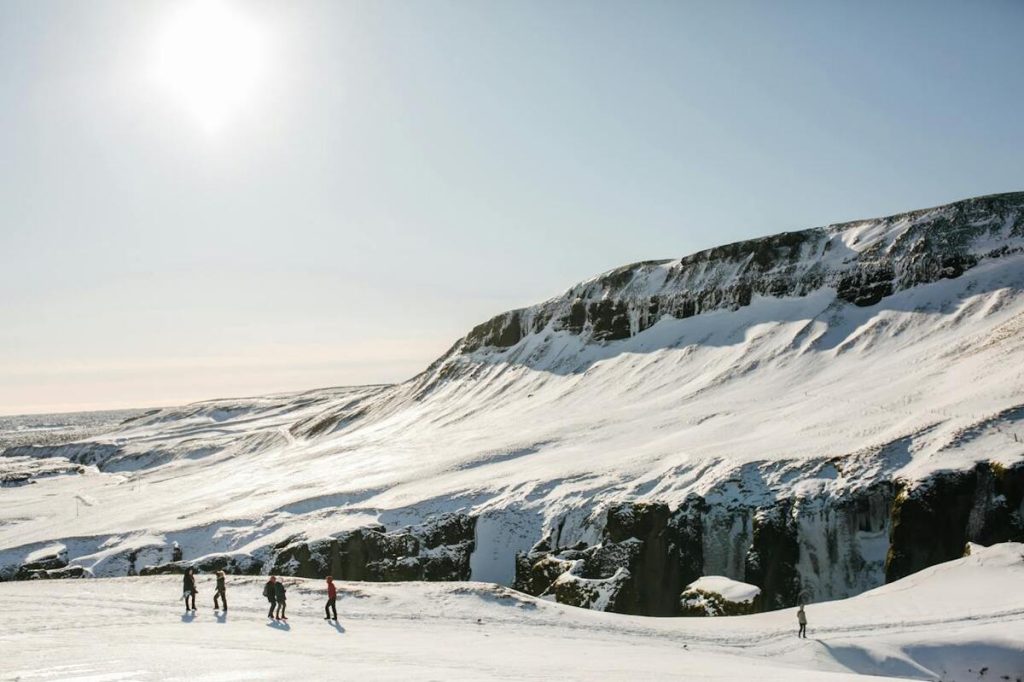
Stay Connected: The Importance of Sharing Your Hiking Plan
Always tell someone your plan. Where are you going? When will you be back? Give them a time to call for help if they don’t hear from you. And don’t forget to let them know when you’re back safe!
Smartphone Smarts: Navigating Cell Use on Cold Winter Trails
Cell phones? They’re just for talking. Cold kills their batteries. Use your phone wisely. Keep it fully charged. While hiking, switch it to airplane mode and keep it close to your body for warmth. But remember, in places like Vermont’s backcountry, you might not get any signal. So, your phone is no match for good gear.
Be Prepared: The Essential Rule of Packing Extra for Winter Trails
Pack extra supplies, just in case. Help might take hours to reach you, even if you call 911 right away. Rescue teams need time to get ready and hike to you. So, being prepared is a key part of winter trail precautions.
Enjoying Your Winter Hike Safely
Remember, winter hiking is about the experience, not just the destination. Take your time. Enjoy the quiet, snowy landscape. Capture photos, but keep your phone warm and battery full for emergencies.
Conclusion: Embracing Winter Trail Precautions for Memorable Hikes
Winter hiking can be an incredible experience. With the right winter trail precautions, you can explore safely and confidently. Prepare well, stay alert, and respect the environment. Whether you’re a seasoned hiker or a winter trail newbie, these precautions ensure your winter adventure is memorable for all the right reasons. So, lace up those boots, pack smart, and enjoy the winter wonderland!
How to Start Hiking as a Hobby
How to Clean Hiking Boots: A Comprehensive Guide for Outdoor Enthusiasts

